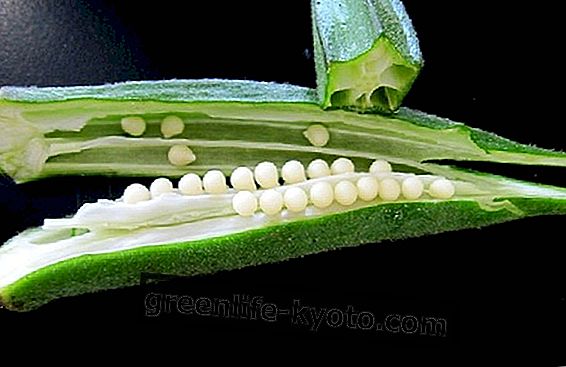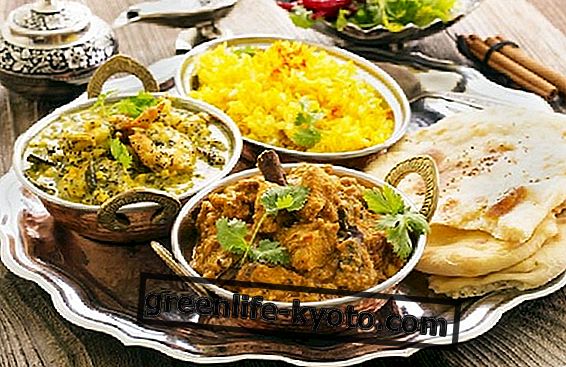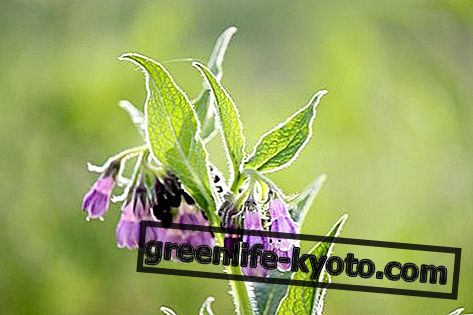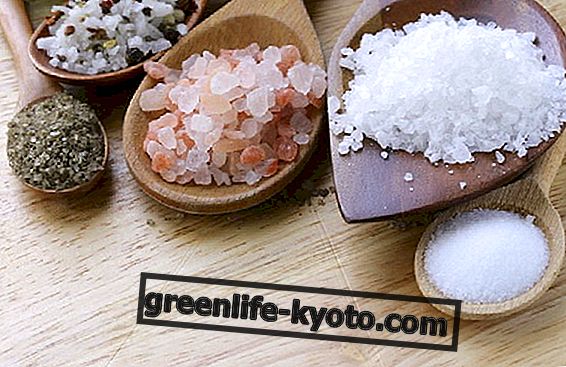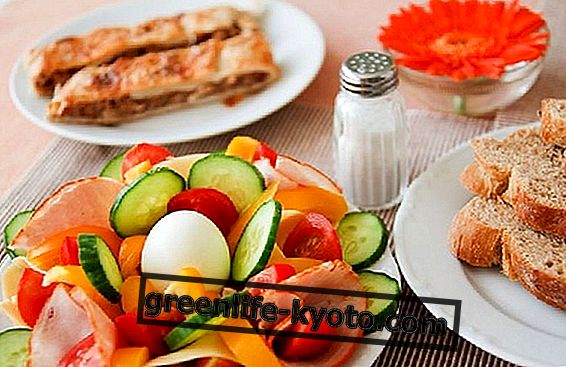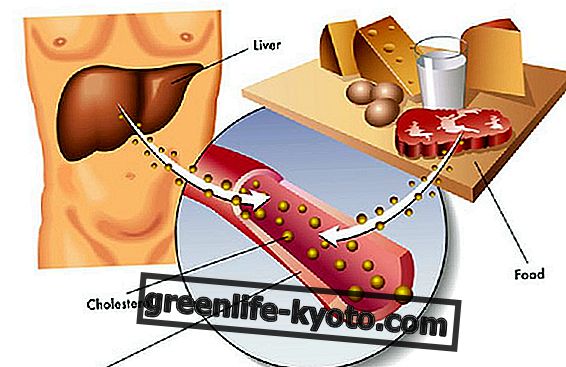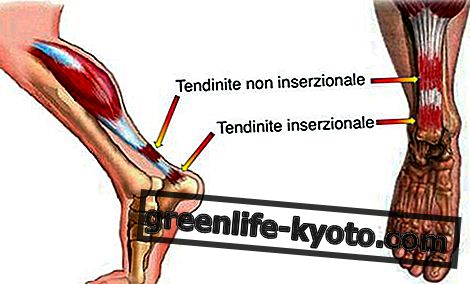
The pomegranate belongs to the Punicaceae family (its botanical name is Punica granatum si) and develops as a bushy shrub with a medium size.
This plant is cultivated throughout Italy having acclimatized perfectly in the Mediterranean area; it is also known for its beauty both in the moment of flowering and in that in which it is rich in foliage or fruits. Not by chance we find it in gardens both as an ornamental plant and as a fruit plant thanks to the abundant productions.
Its fruits, balustrades, are composed externally of a reddish brown skin with a slightly woody consistency that contains many small scarlet-red grains full of juice .
The size of the fruit is about 10 centimeters in diameter and the inside of the balustrade is divided into chambers where these grains are collected, the only edible part .
The taste is acidulous although it differs depending on the variety so much that the pomegranate plants are classified according to the pH of the fruit .
Among the typical Italian varieties we remember: the selinunte, the partanna prophet, the ragana, the green round, the sweet of Sicily and the tooth of horse.
Growing needs of the pomegranate: location, soil and irrigation
The southernmost areas are the best for the growth of the pomegranate, so much so that in Italy it is a typical plant of Central-Southern lands. Being a lover of the sun, any area of shade should be excluded for its cultivation. Moreover the pomegranate must be protected from heavy rains, winds or hail because these can damage both the plant and its fruits.
Ideal temperatures should not fall below -20 degrees, even if already at -10 degrees the plant can suffer from the cold especially if it is still the juvenile phase.
While not having particular needs, deep and loose soils are chosen to cultivate the pomegranate. Some farmers also claim that the pomegranate grows better in slightly acid soils but, being a rustic plant, it also tolerates slightly alkaline soils well.
Pomegranate irrigations must be parsimonious because they fear water stagnation that can lead to rotting and diseases of the root system; even long periods of drought are a problem for the plant so the water must be sprayed at least once a week during the periods of maximum summer heat, while in autumn and winter the irrigations can be suspended .
The summer waterings are essential to give juiciness to the fruits which will then be ripe in autumn. Moreover in the first 2 years from the new pomegranate plant it will be good to give a little more water to the young seedlings to help them also in the development, in the flowering and in the production of the "apples".
Follow the advice for the vegetable garden in the fall

Pomegranate cultivation: when and how to plant it
To make a pomegranate plant it is recommended to choose 1 or 2 year old saplings, sold at the agrarian and specialized nurseries.
They are usually sold in pots or without bare root pots ; in both cases, if we are in Northern Italy it is necessary to prepare the holes in the autumn before then to plant the seedlings in the spring immediately after the frosts, while for the Center-South they can already be planted between the end of autumn and the end of winter.
Usually the distance between the trees is 3.5 meters between the plants and 6 meters between the rows.
There are varieties of fruiting plants that grow up to 5 meters and other dwarf varieties that grow up to a meter and can thus be grown even in pots on a balcony or a terrace.
The production of the fruits begins in the third year and only from the fifth year we could have the maximum quantity of fruits that can reach 300 quintals per hectare.

Harvest and use of the pomegranate
The fruits are harvested in the autumn and vary slightly depending on the type of pomegranate; it can take place earlier than the period of maximum ripeness, because the fruit continues to ripen even once it is detached from the plant and this allows a longer storage time without running the risk of damage.
The pomegranate is a juicy fruit that is usually eaten fresh in its natural state or transformed into juices obtained from extracts or centrifuged. It can also be transformed into syrup or jam in a sweet version but it is also an excellent ingredient in refined dishes that want to amaze for its particular taste, such as the pomegranate risotto .
Surely it is one of the oldest fruits on the tables of the Mediterranean so that there are numerous paintings and stories that see this fruit as a gift from the Gods and as a symbol in many myths. Just think of ancient Greece or other populations that speak of pomegranate as "the plant of fertility".
Its origin is moved to the eastern lands of Indonesia, Malaysia, Pakistan and India. Later it was cultivated in Europe so as to have such a strong bond with the Mediterranean that it is recognized as a typical plant and its fruits are in the ingredients of traditional recipes. In Spain, even in the coat of arms of the city of Granata, there is the symbol of the pomegranate fruit.
The cosmetic properties and uses of the pomegranate
